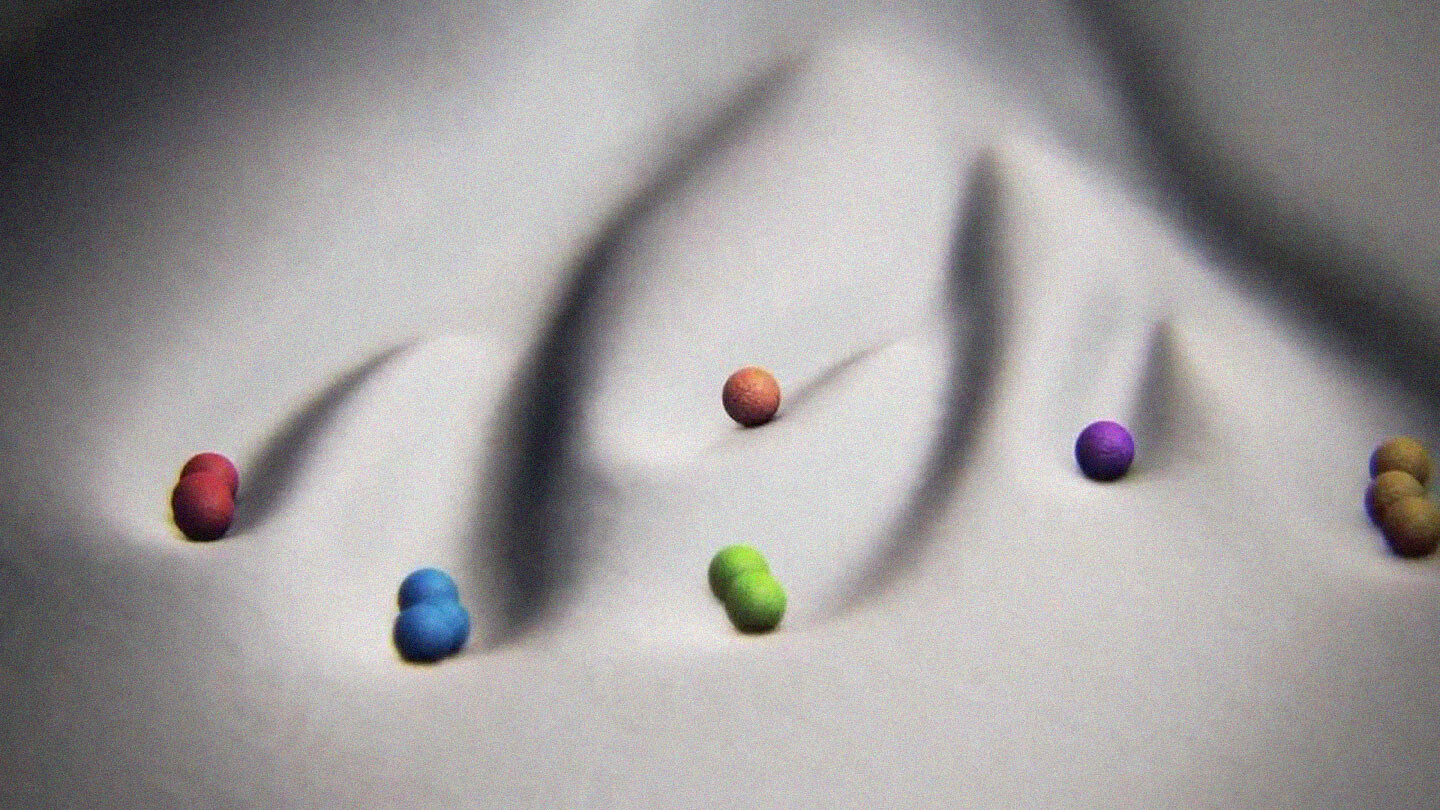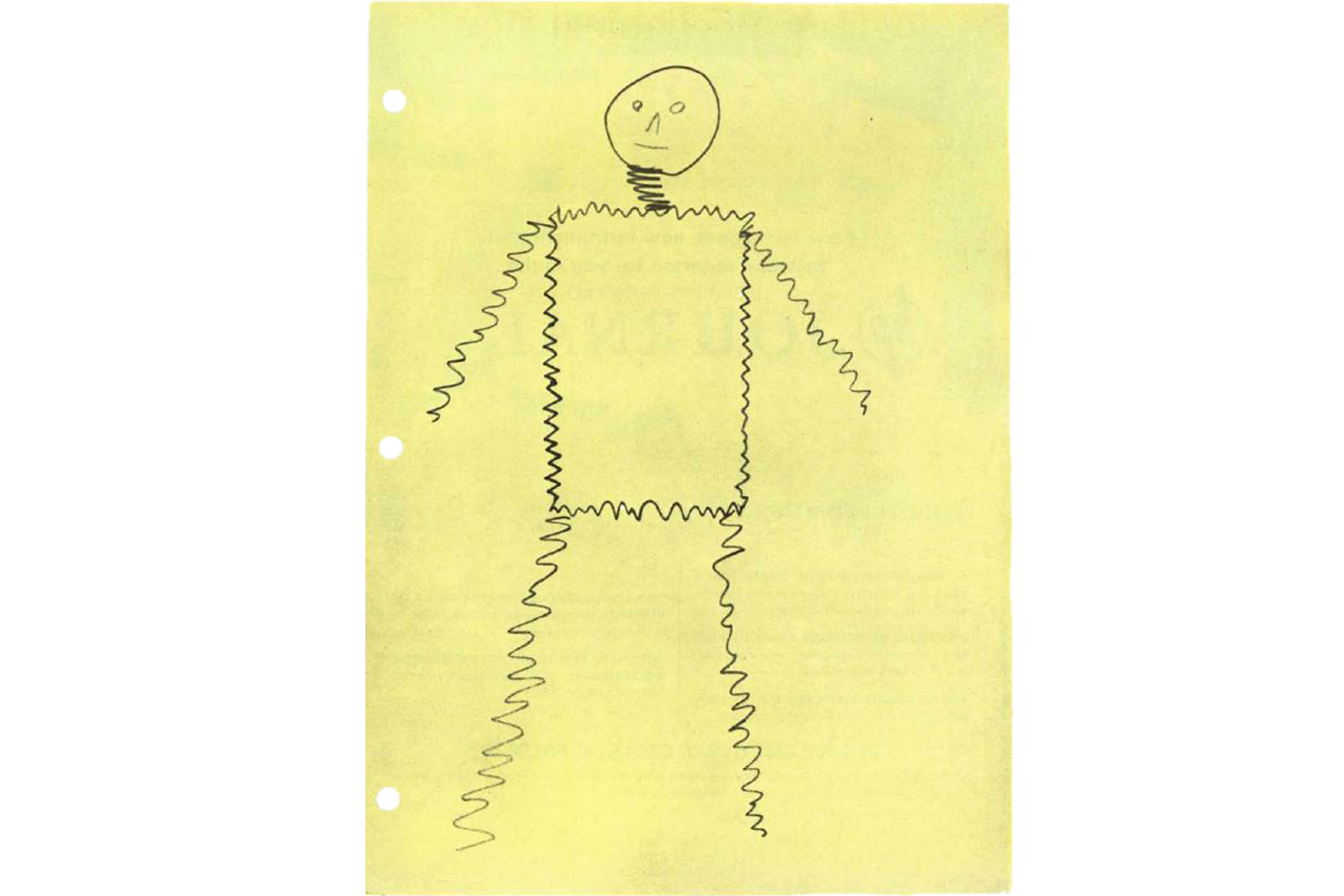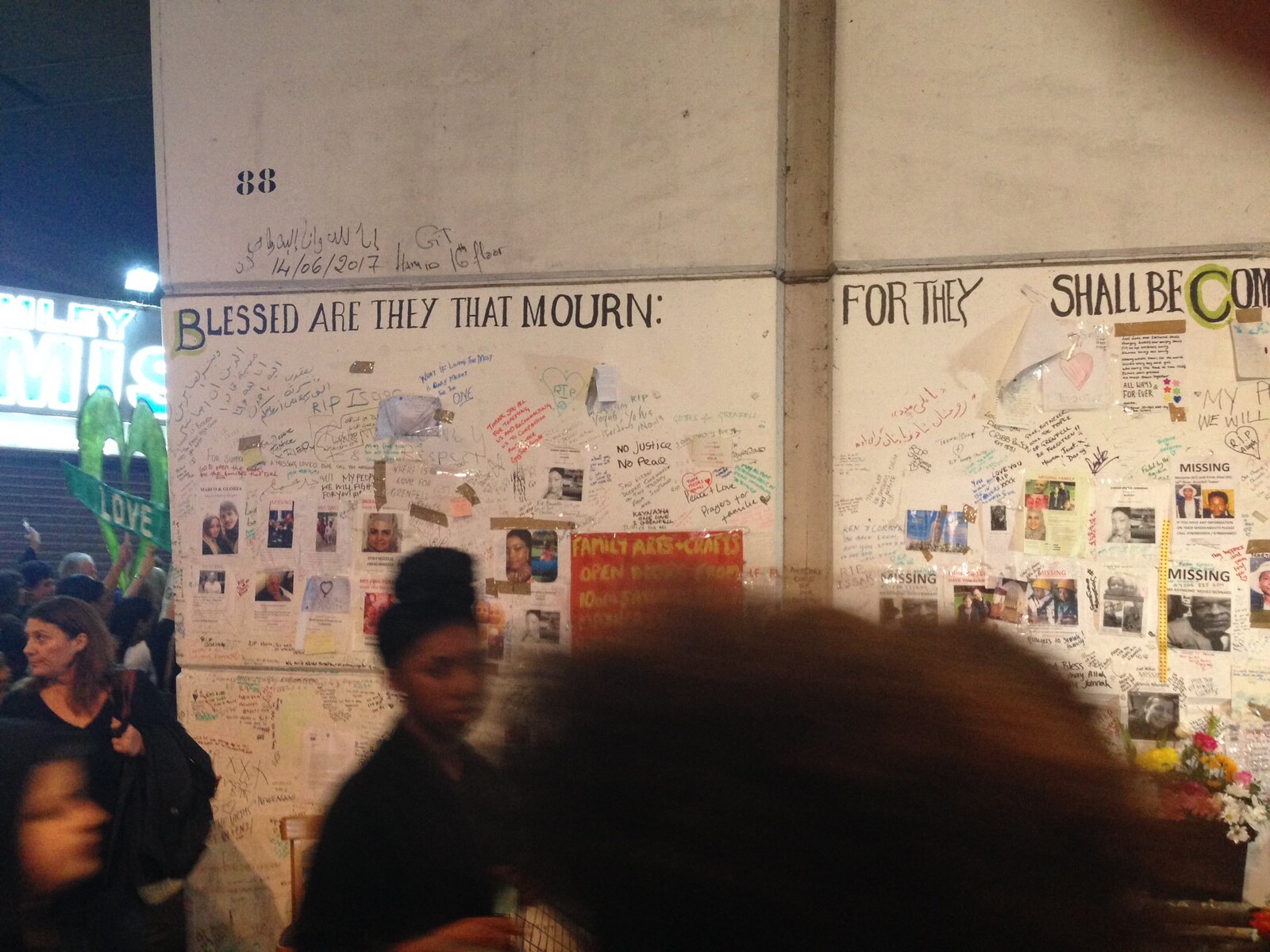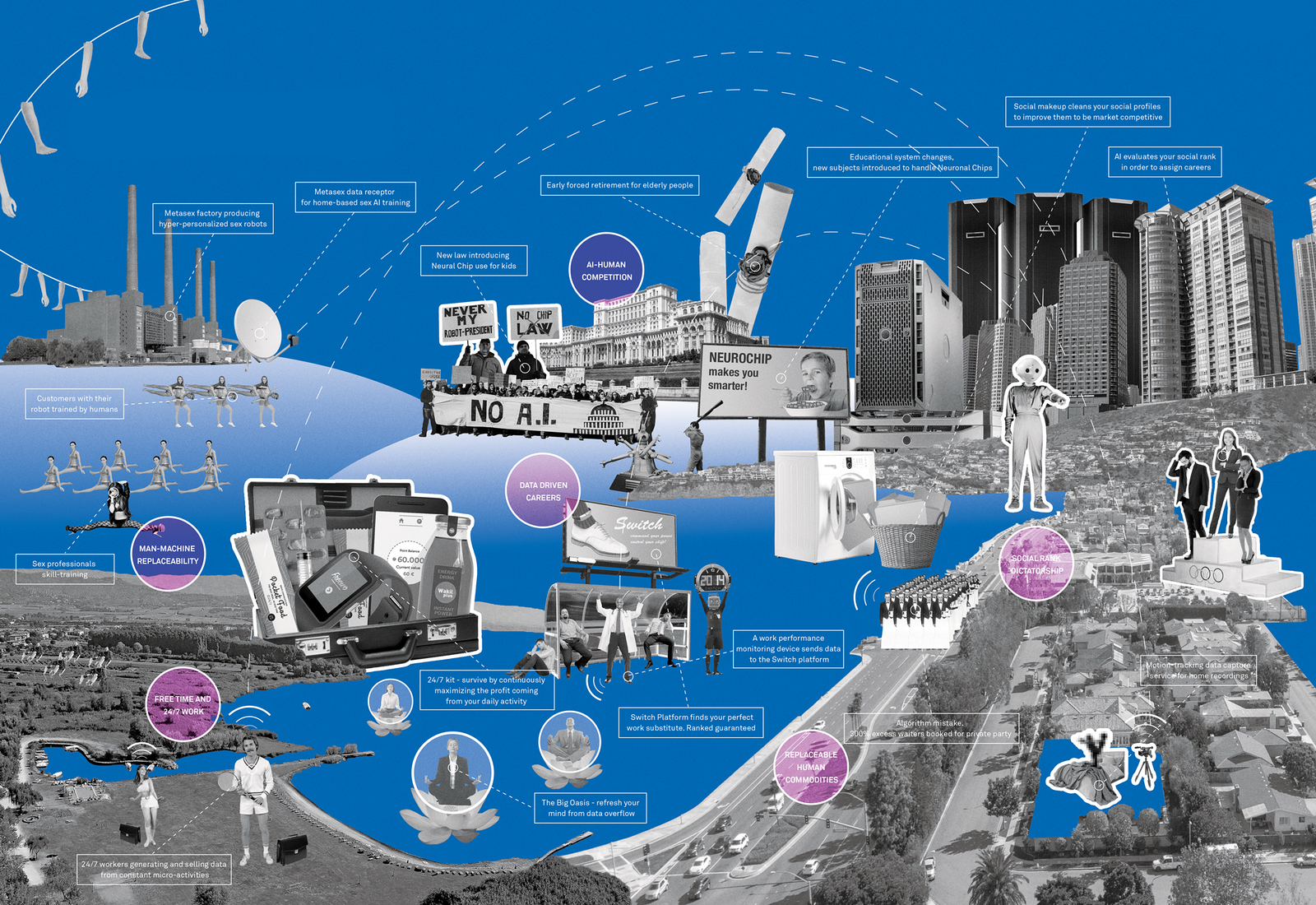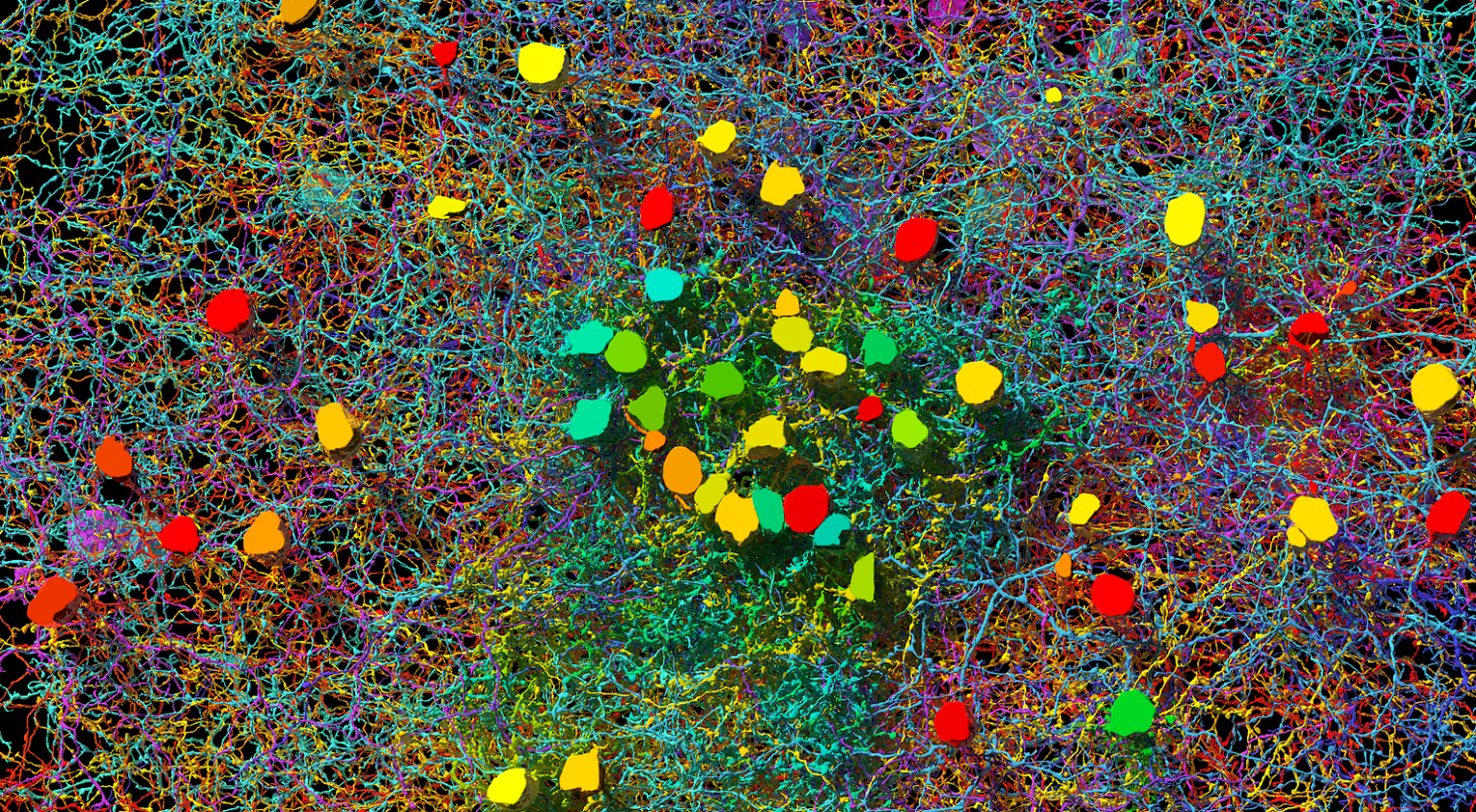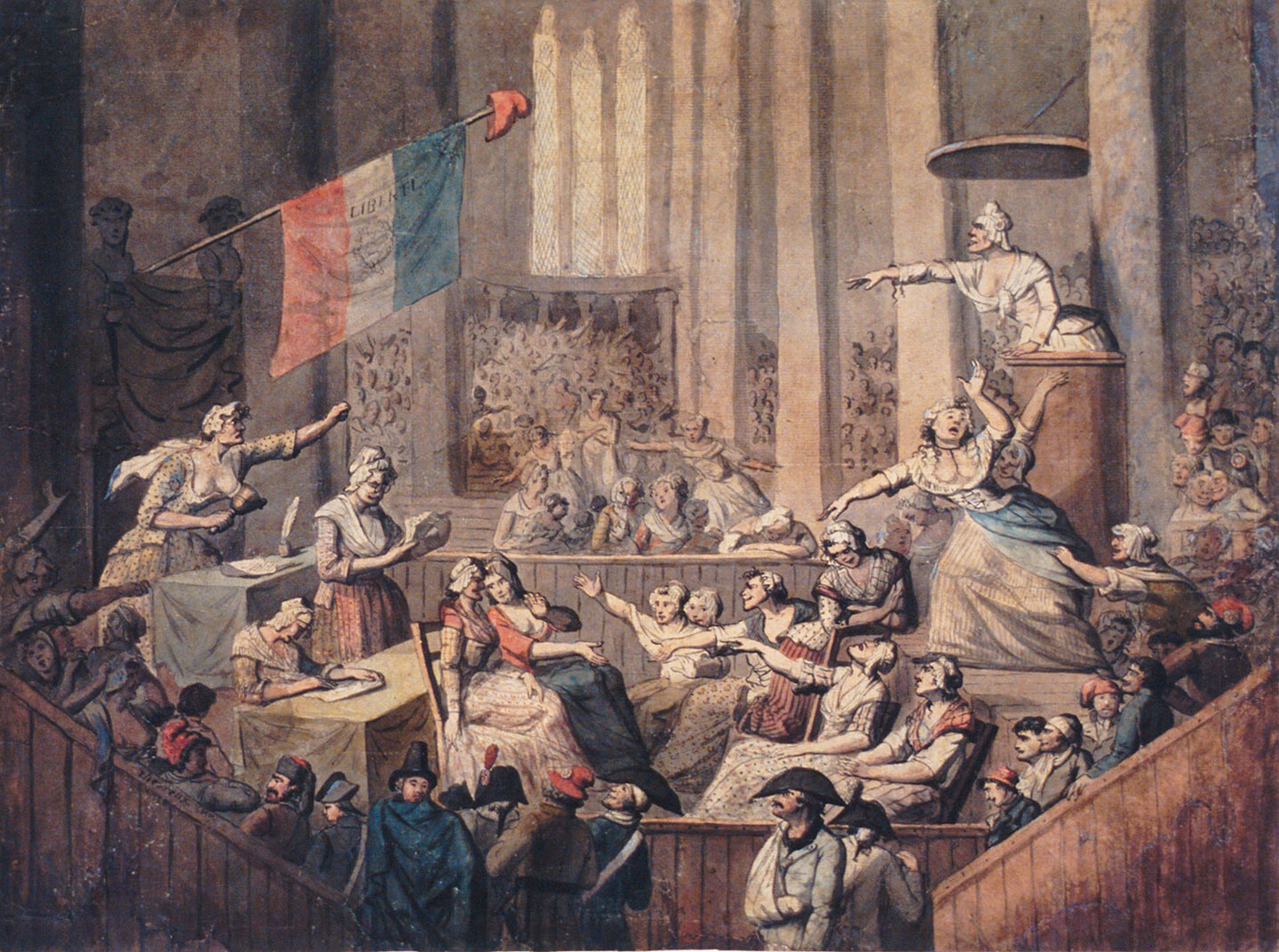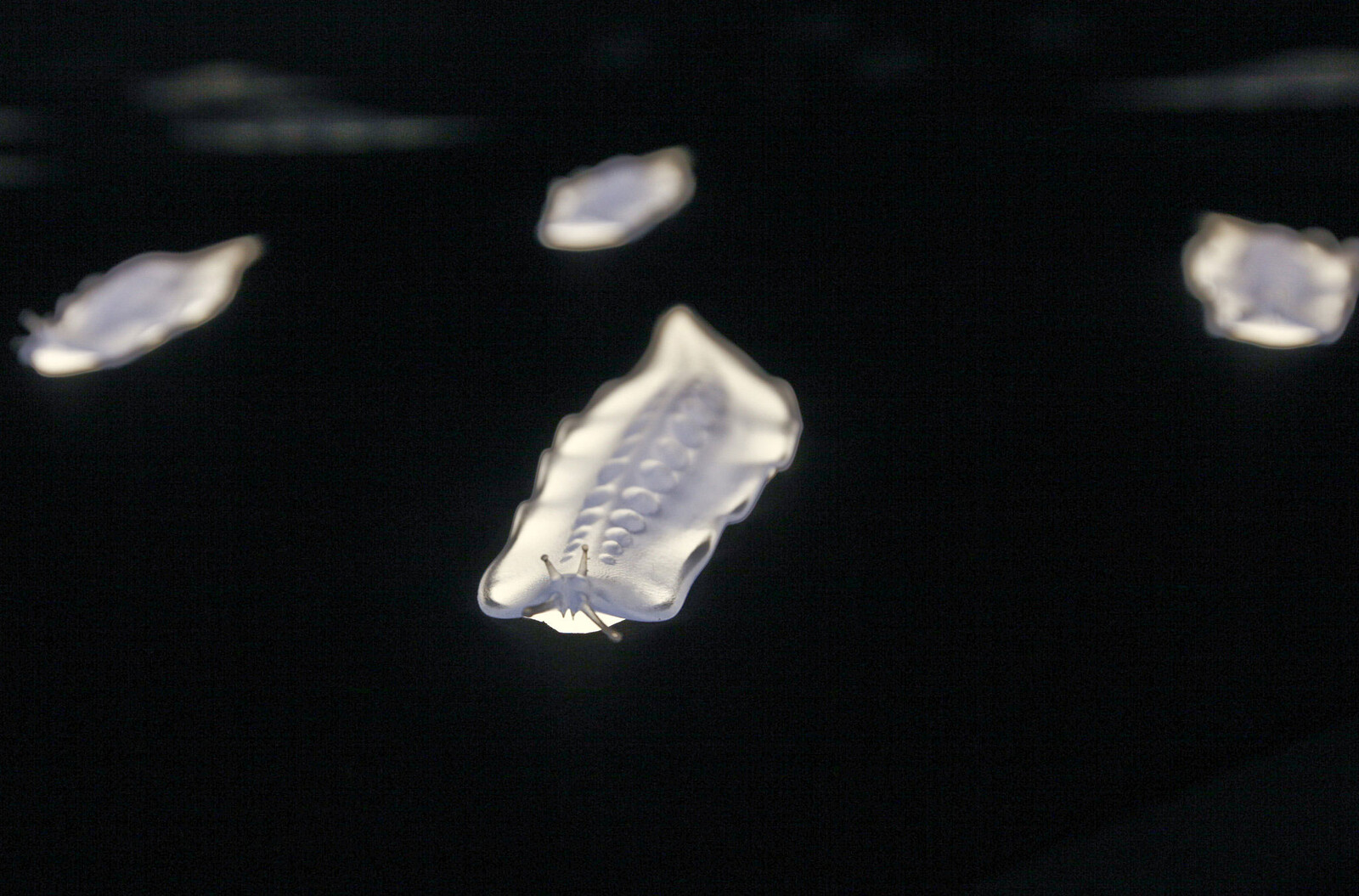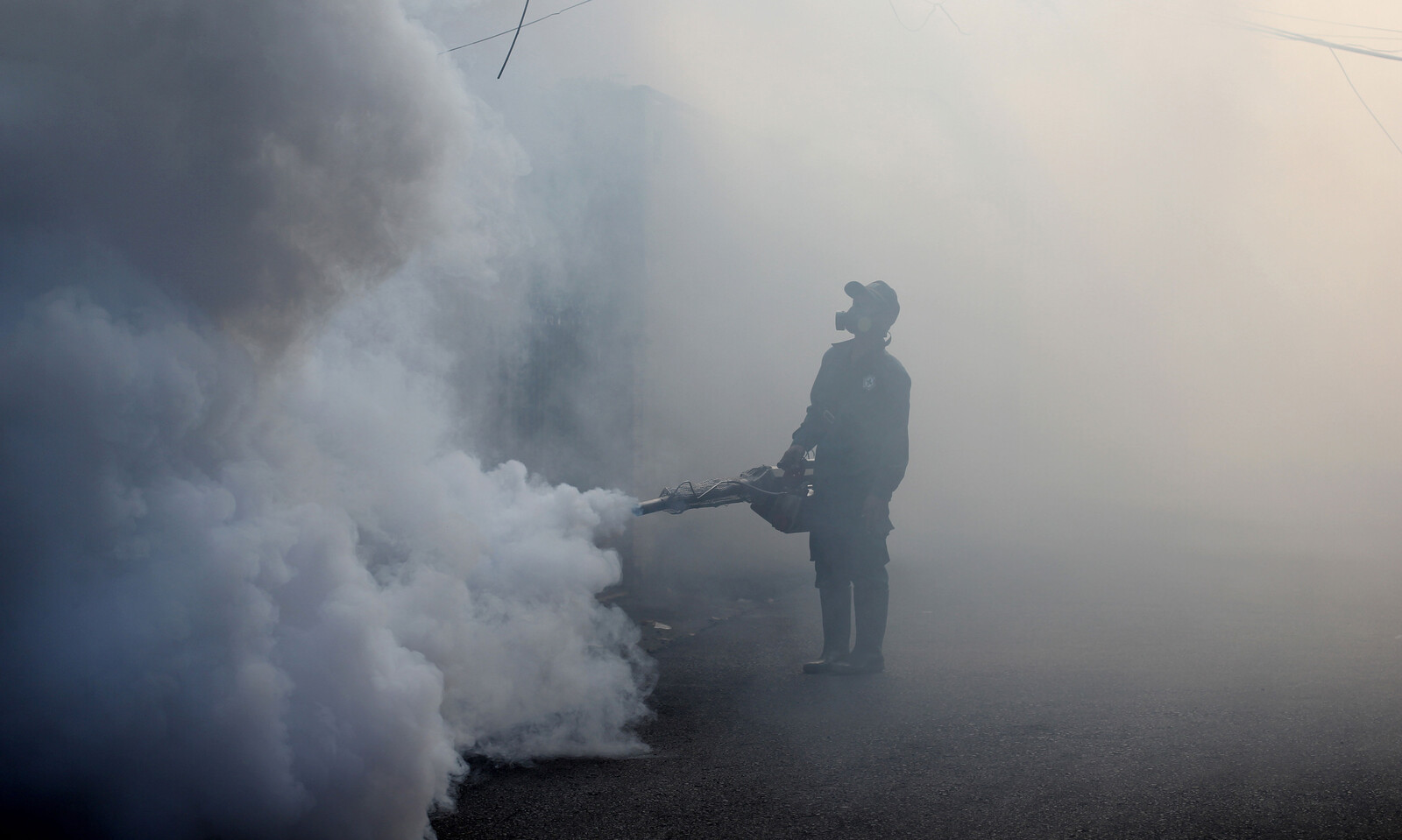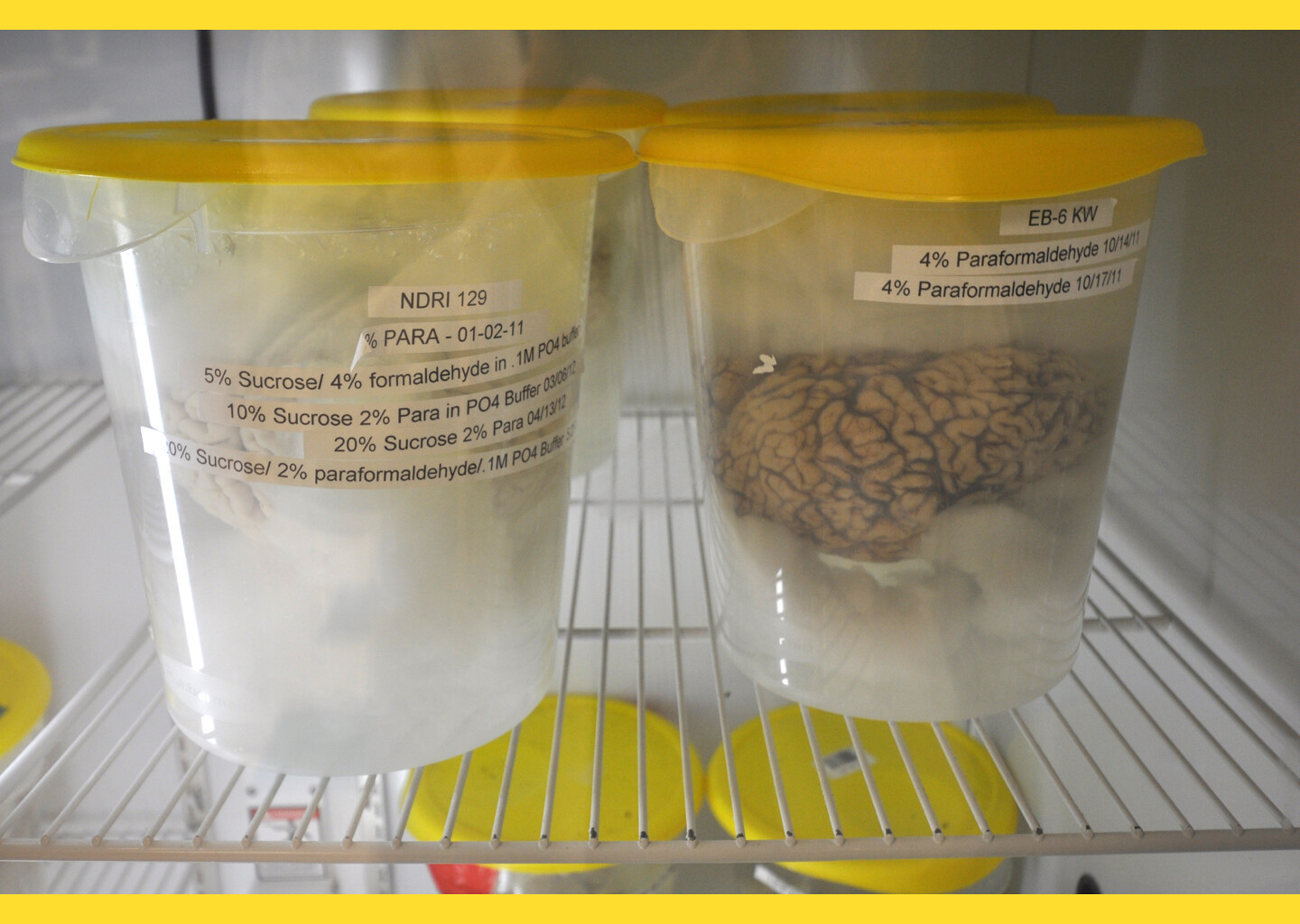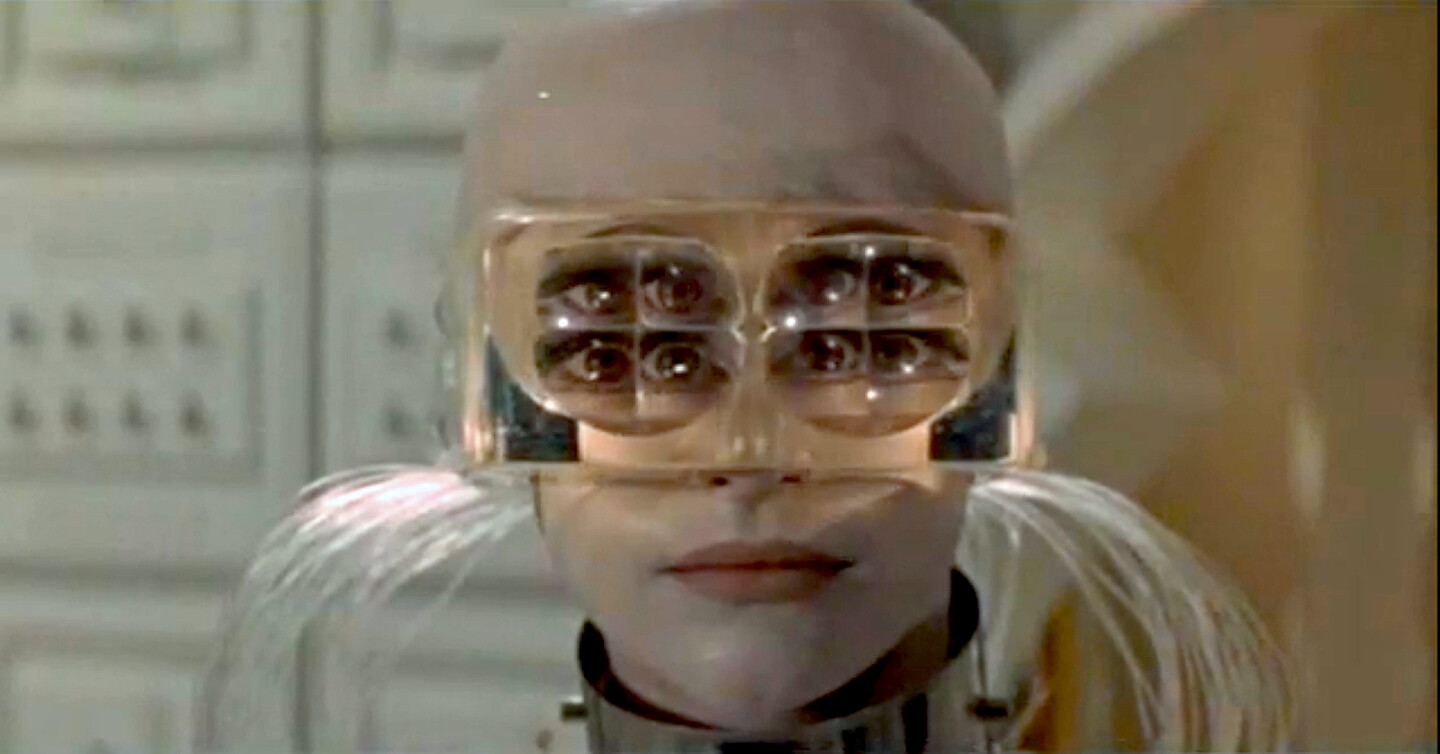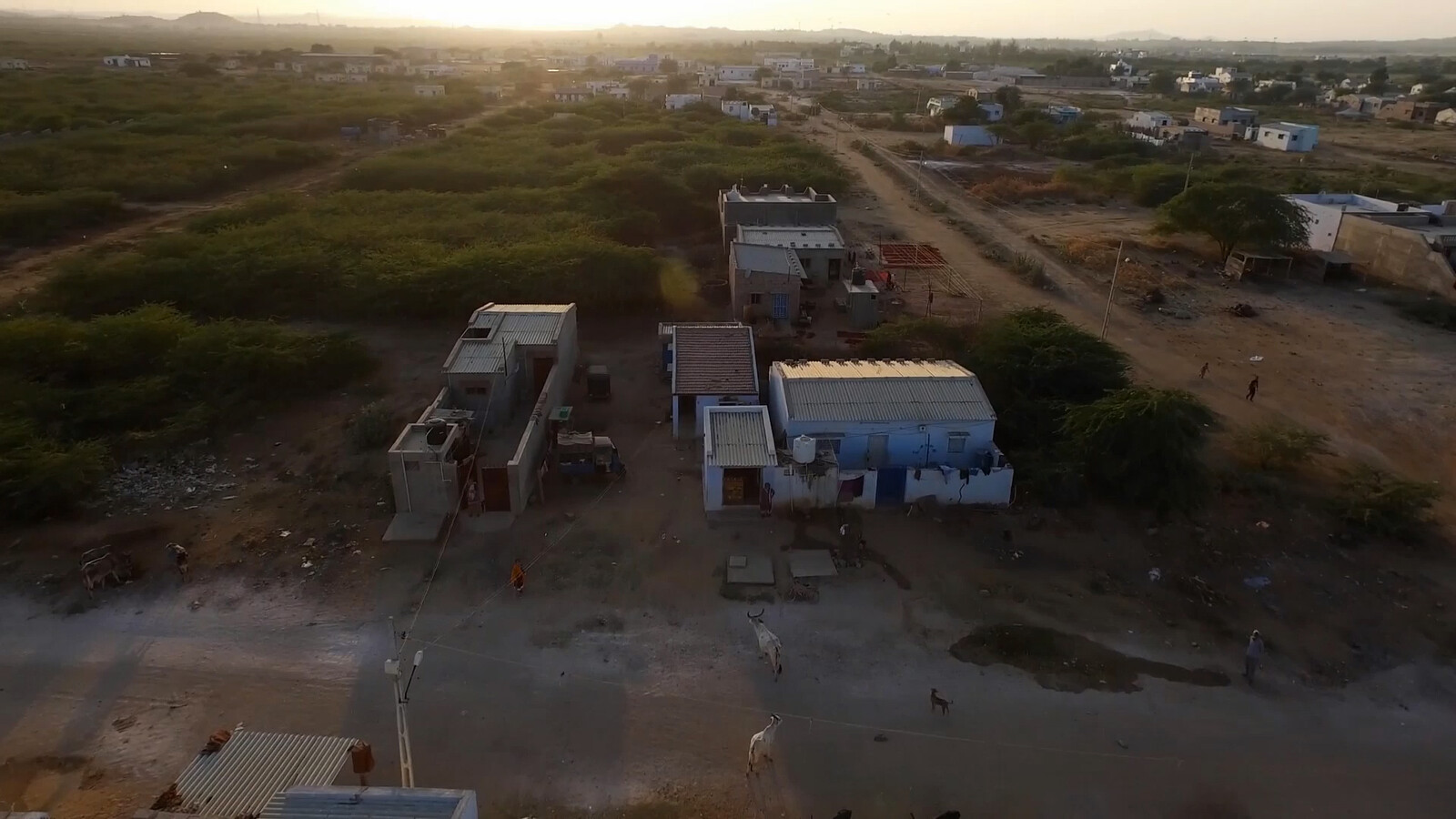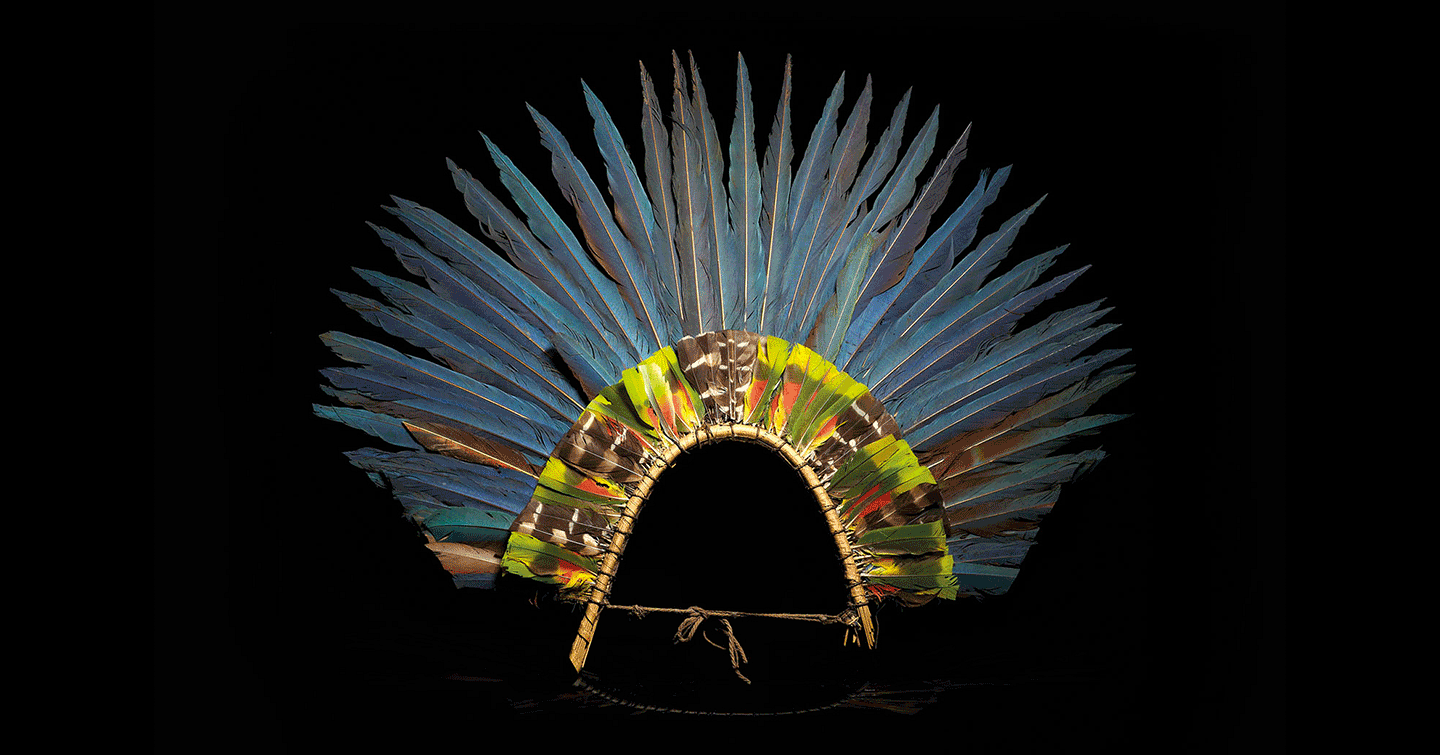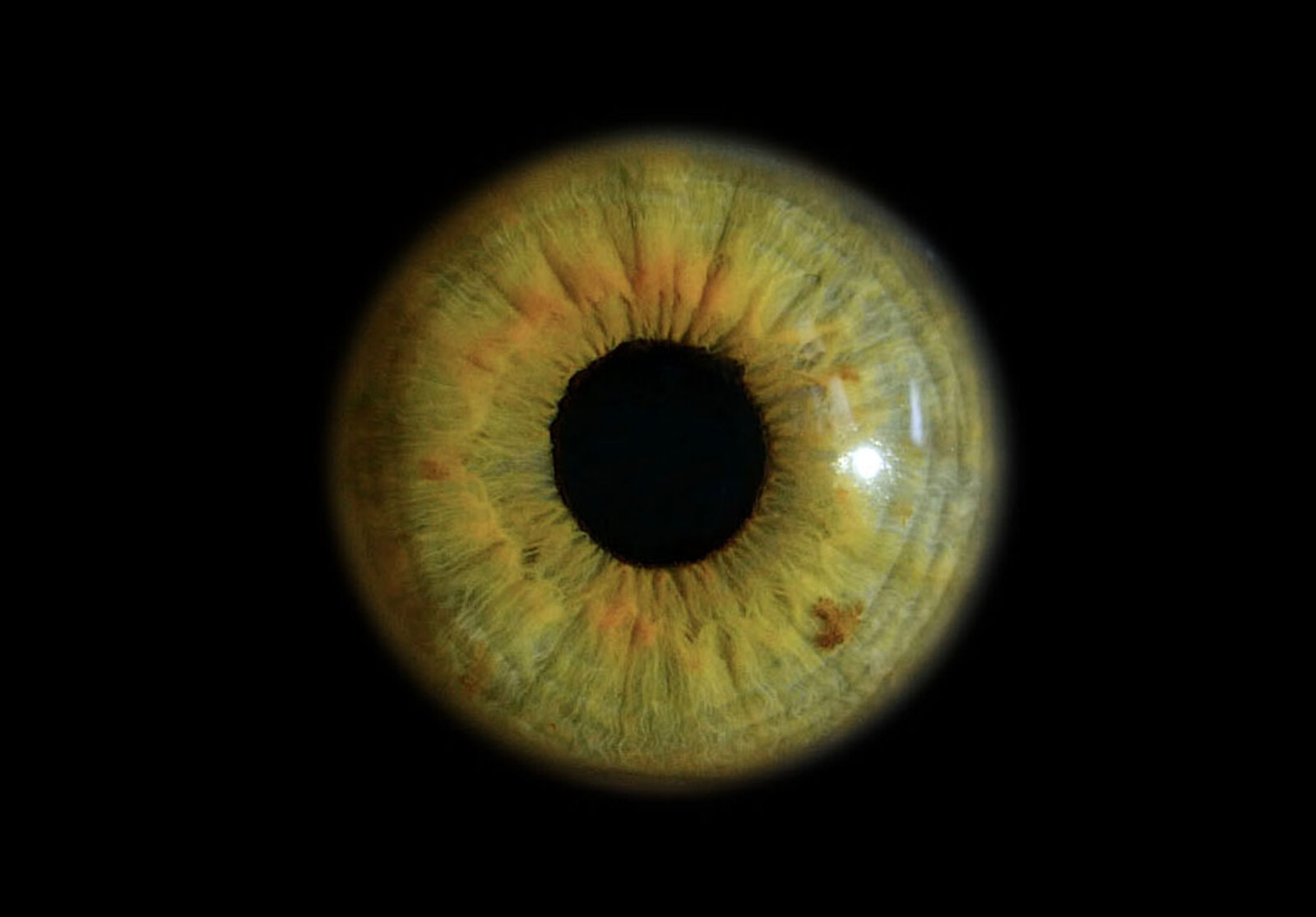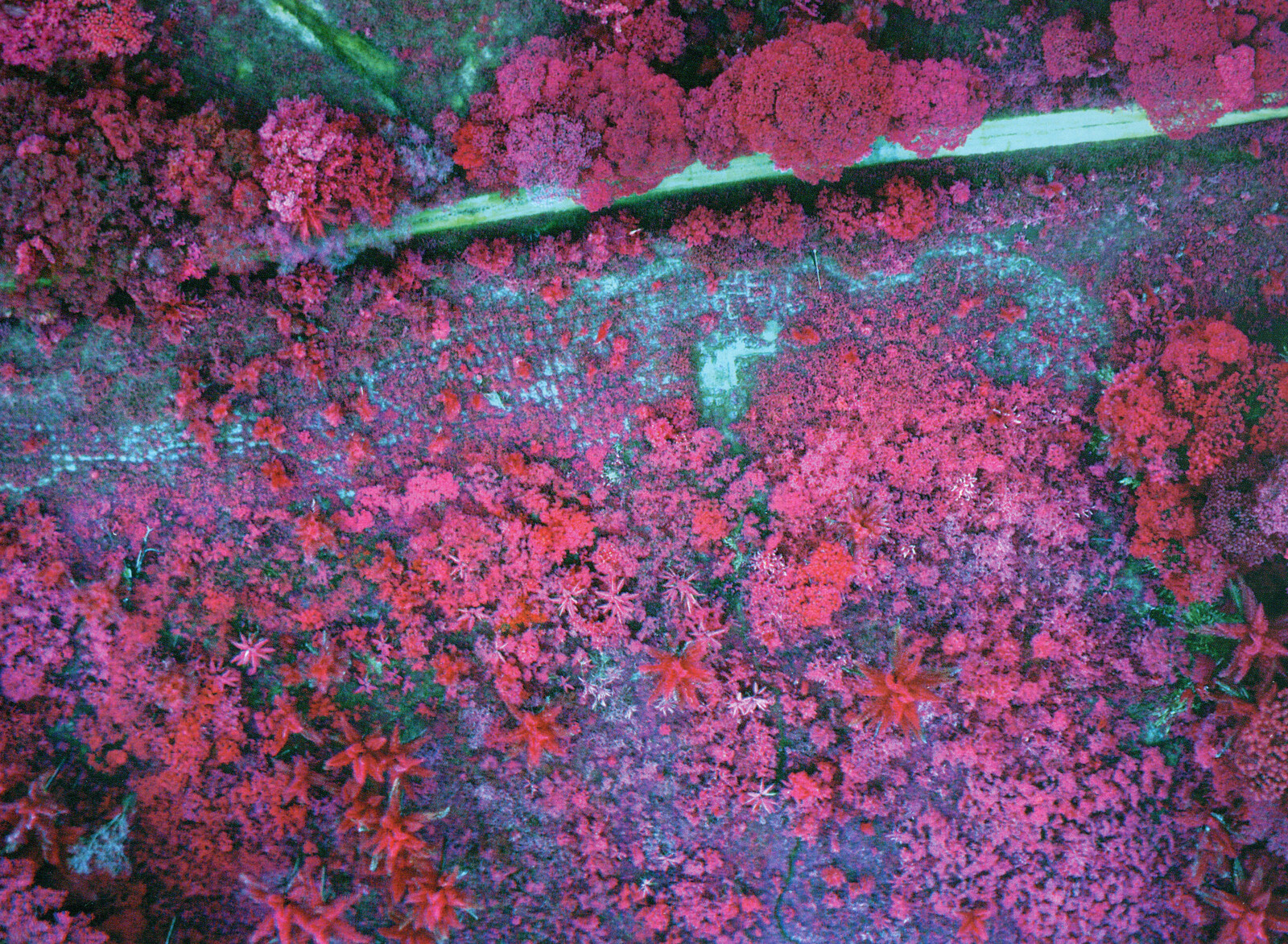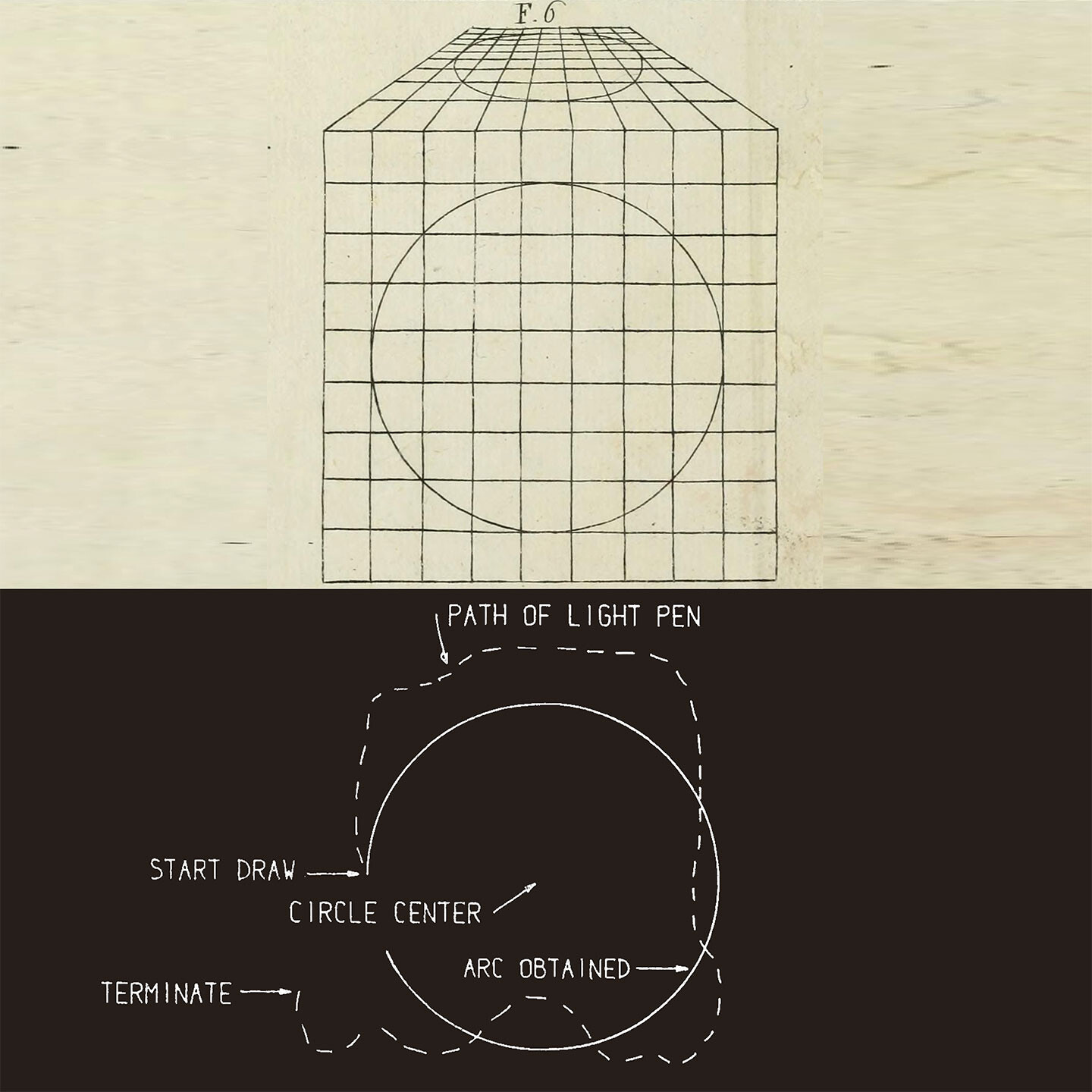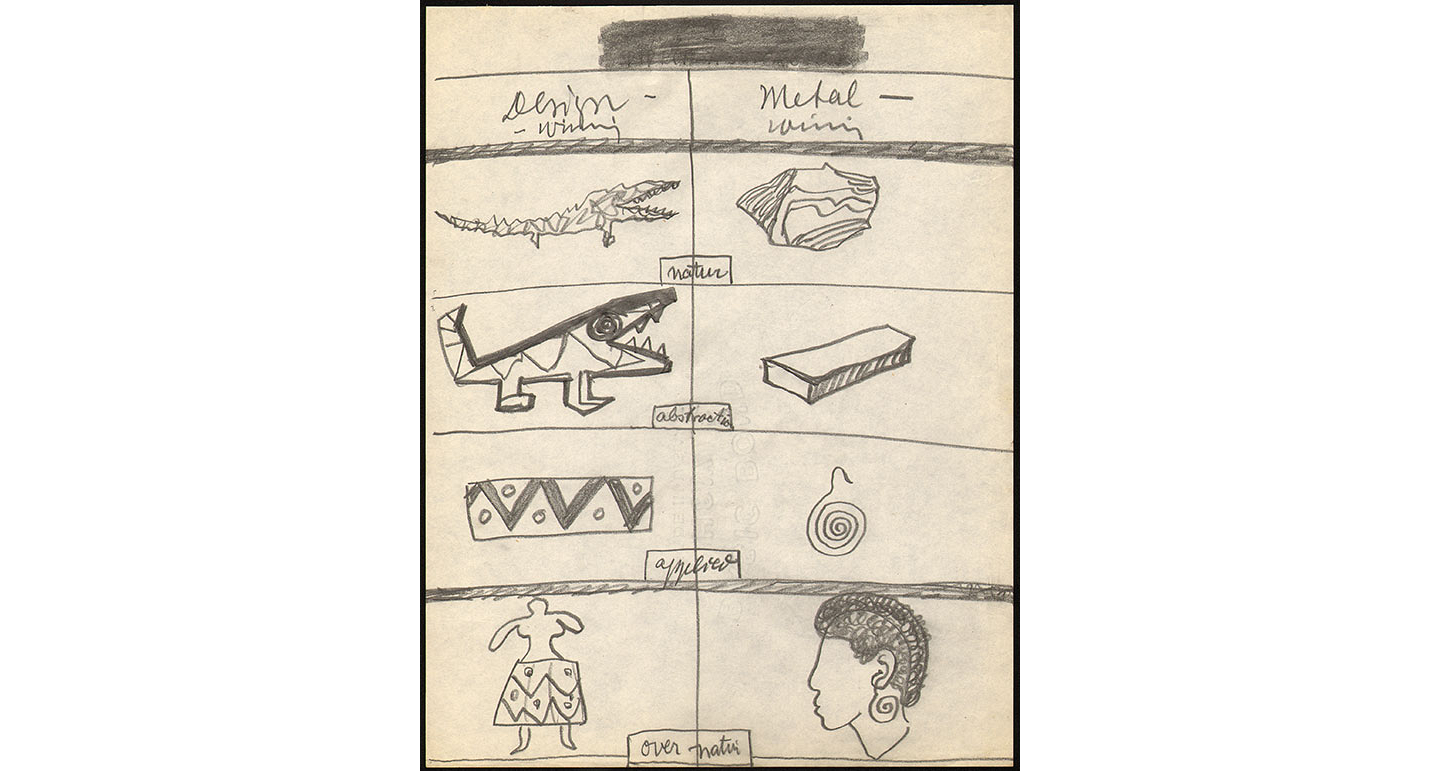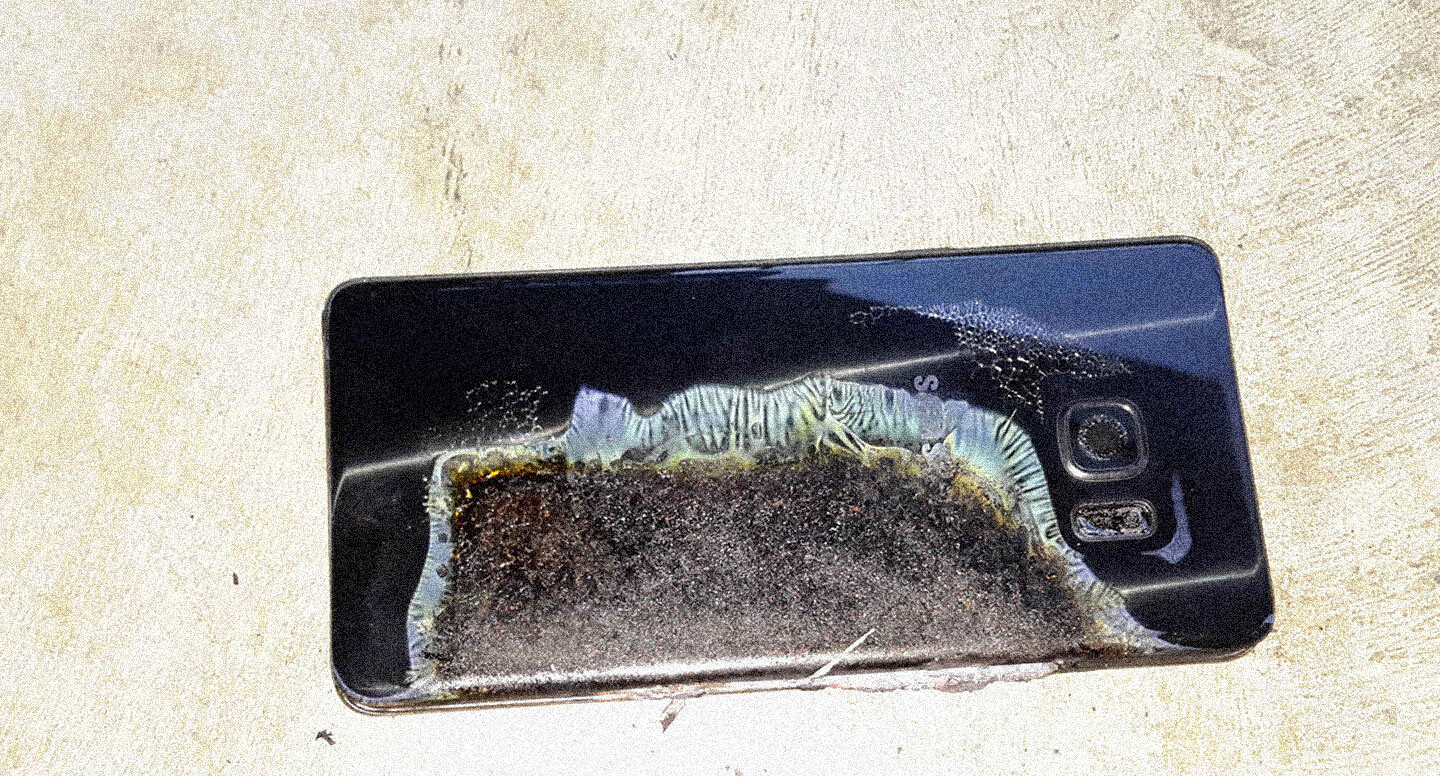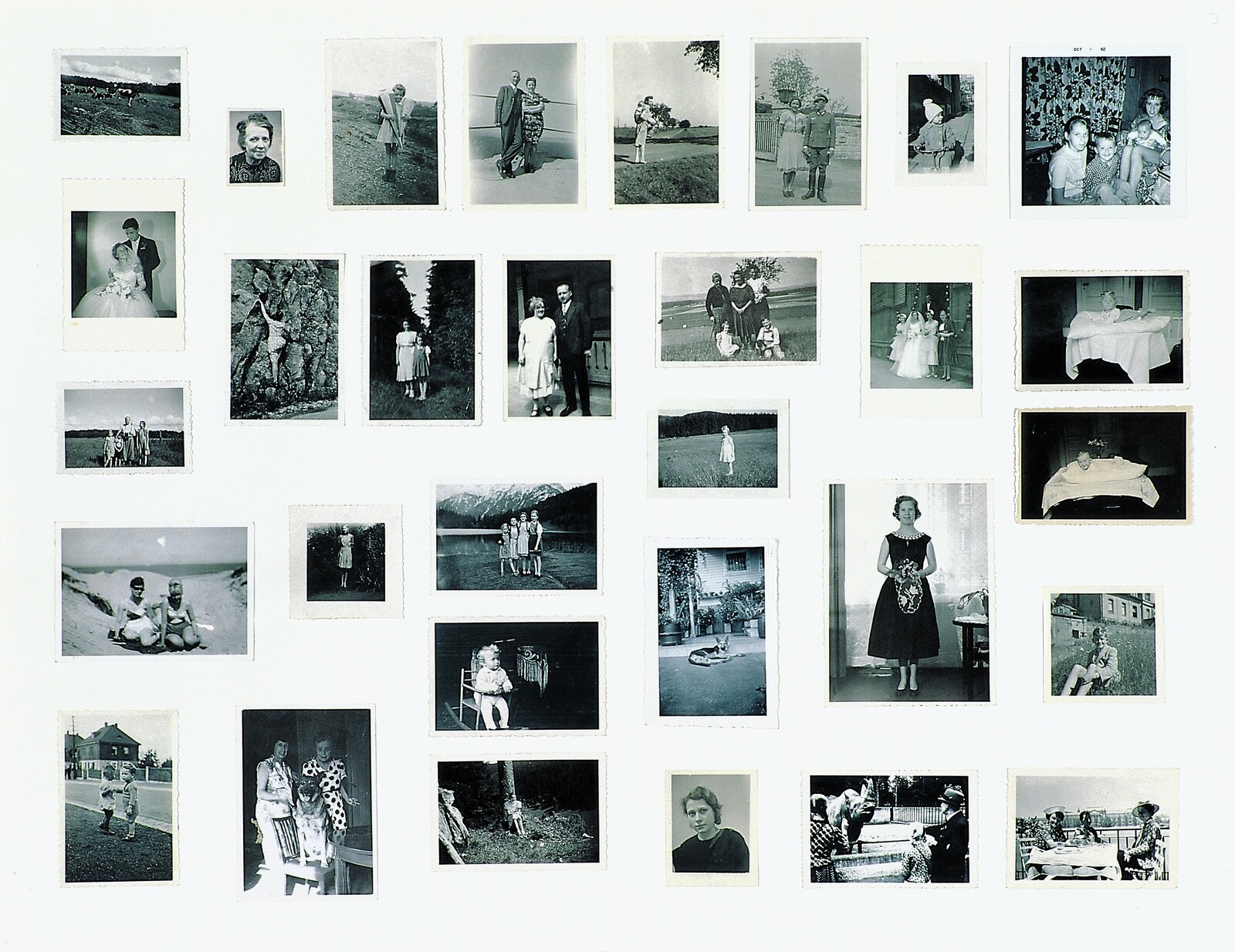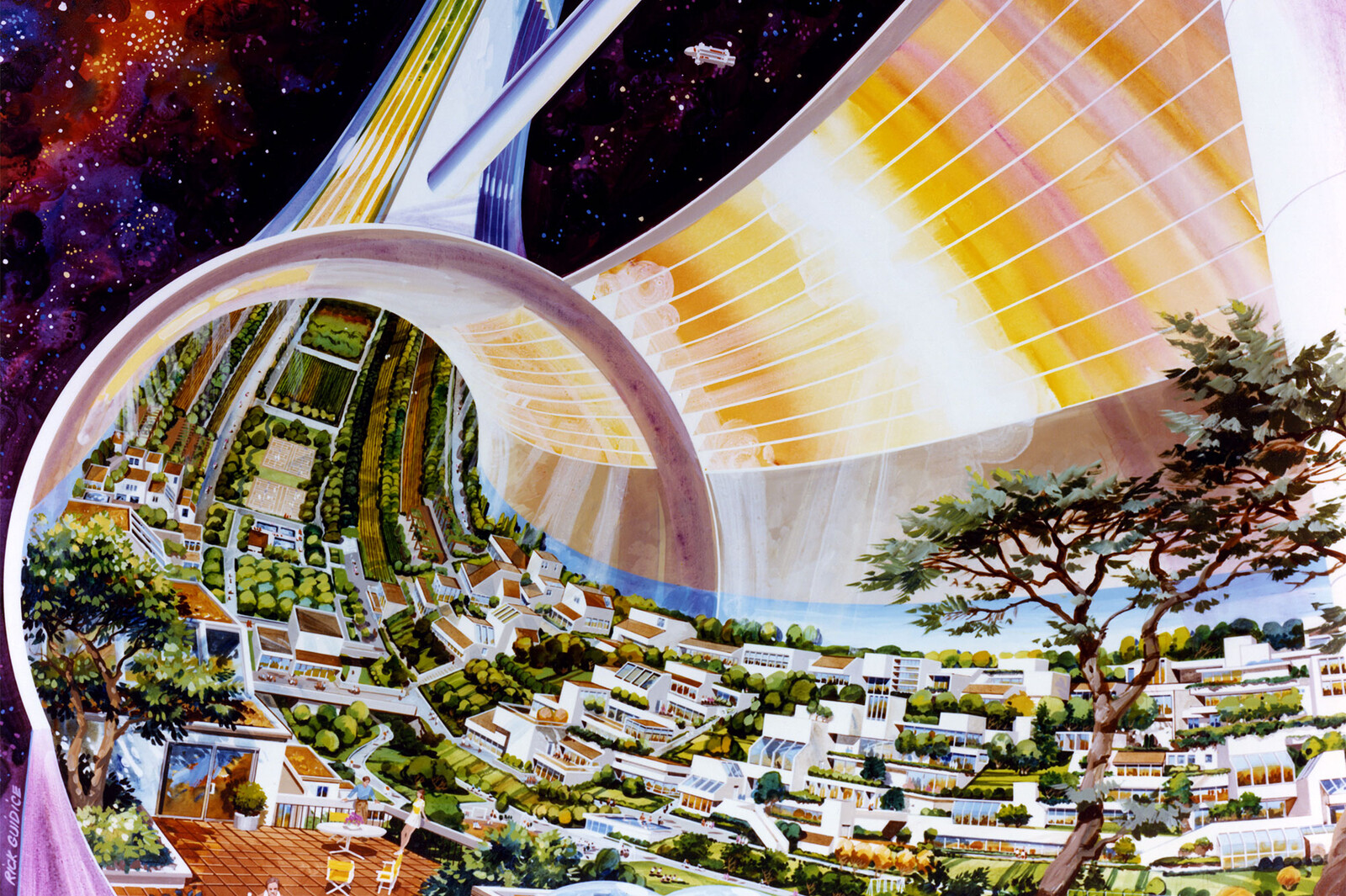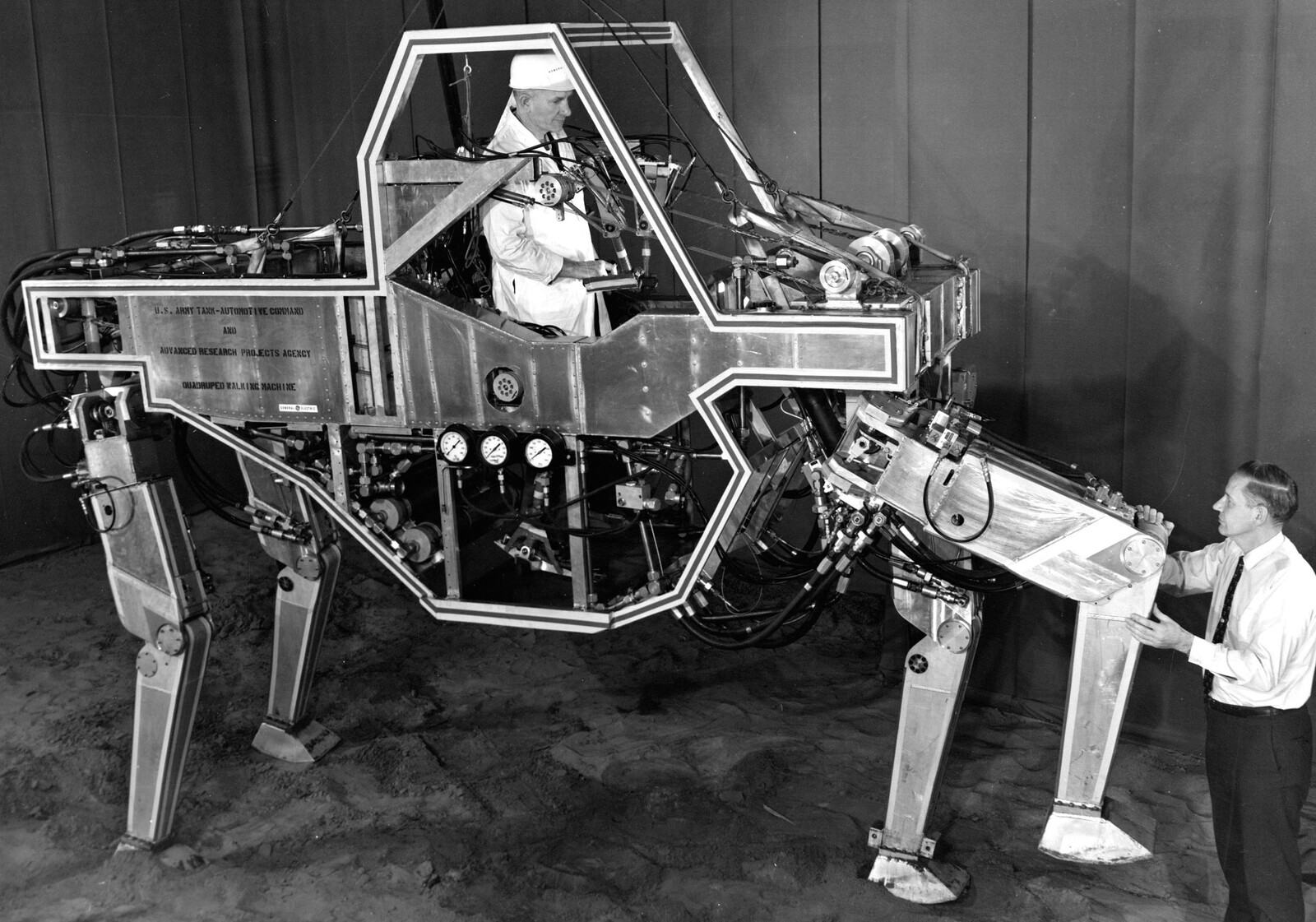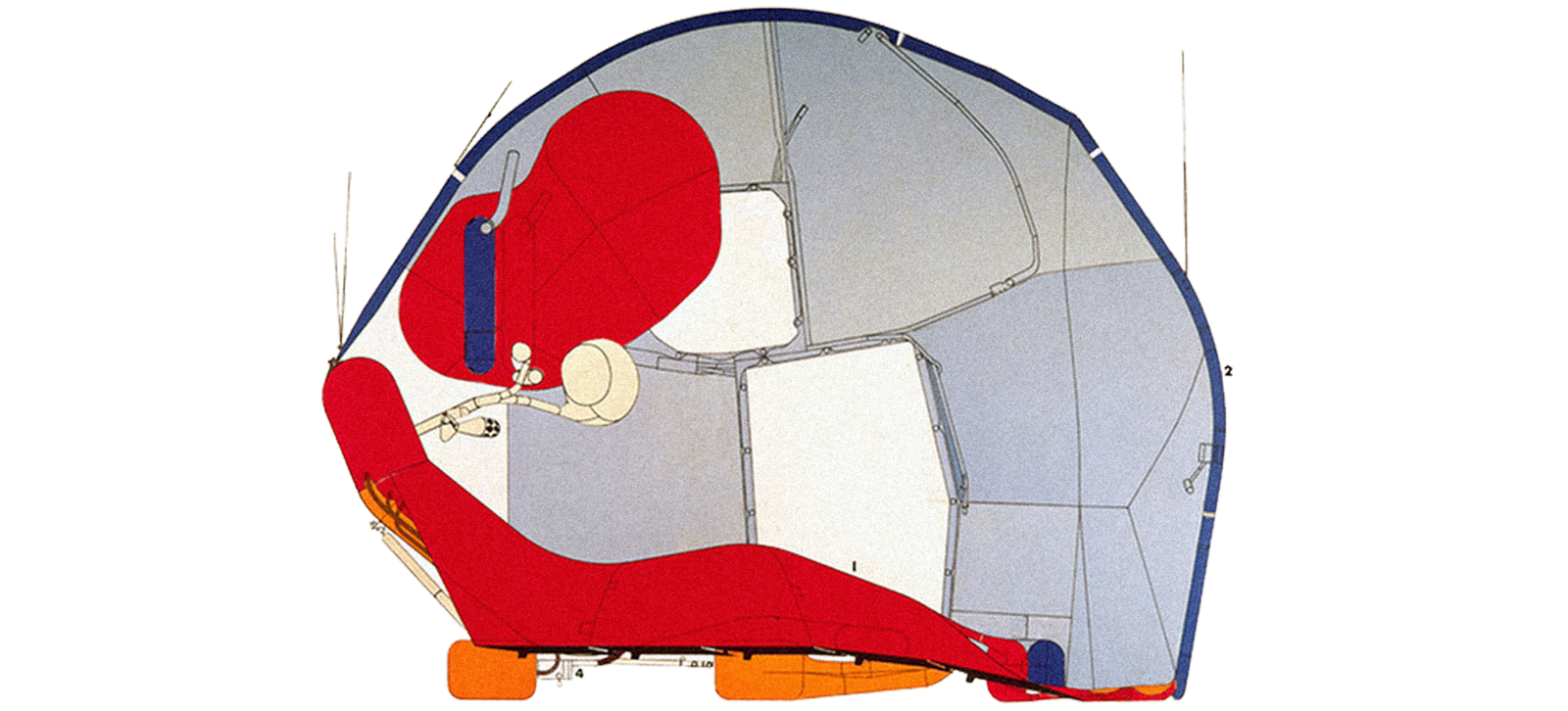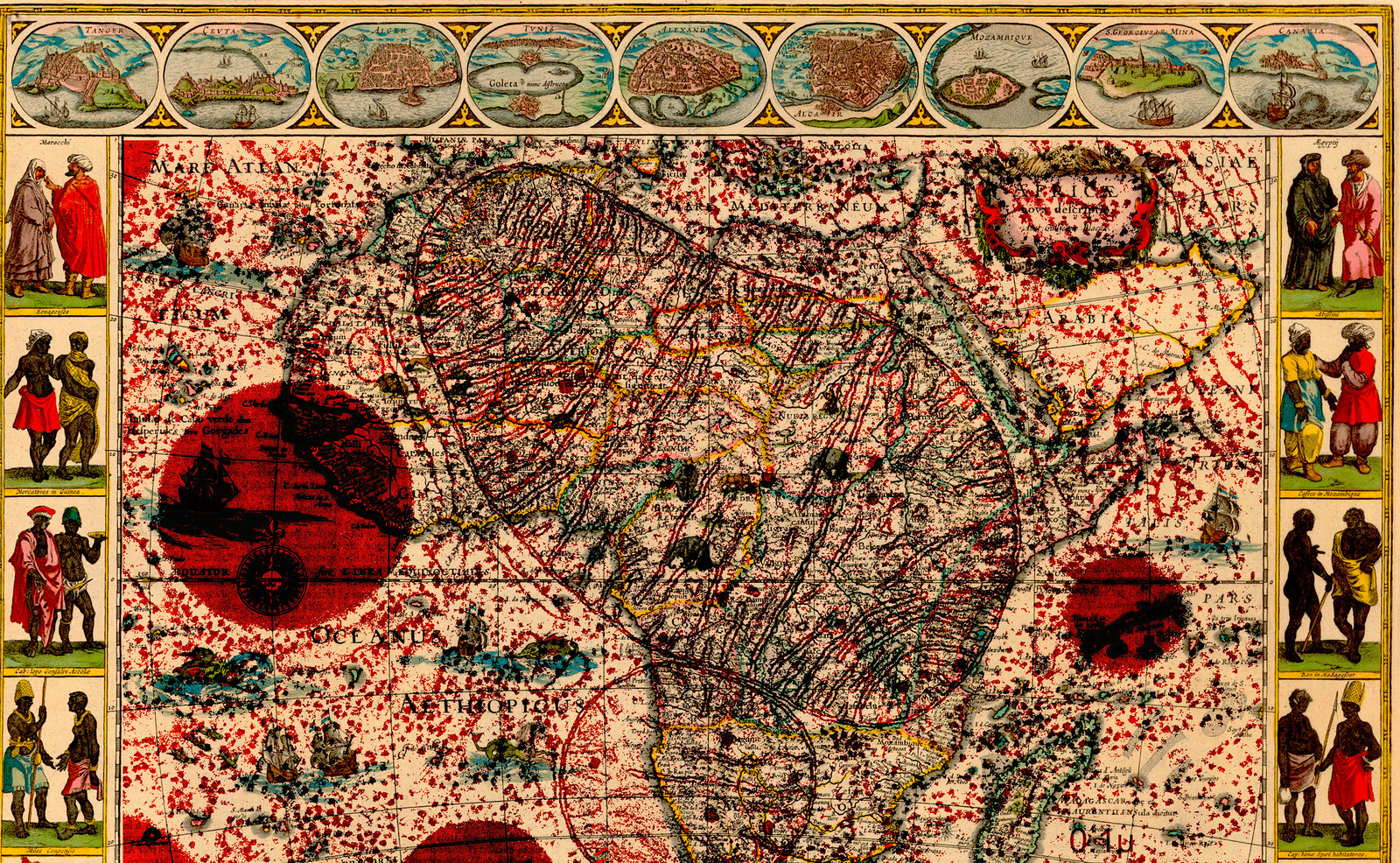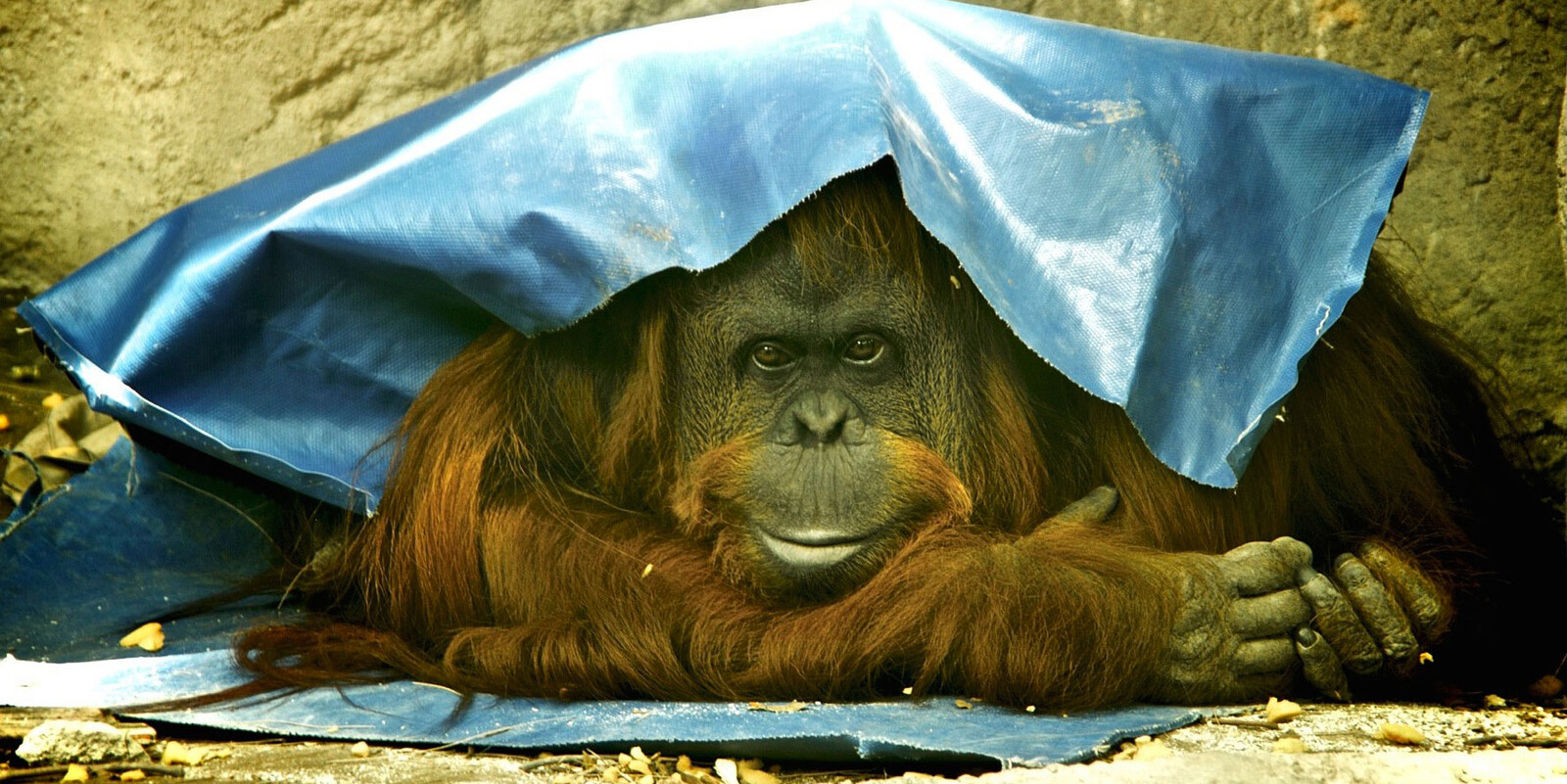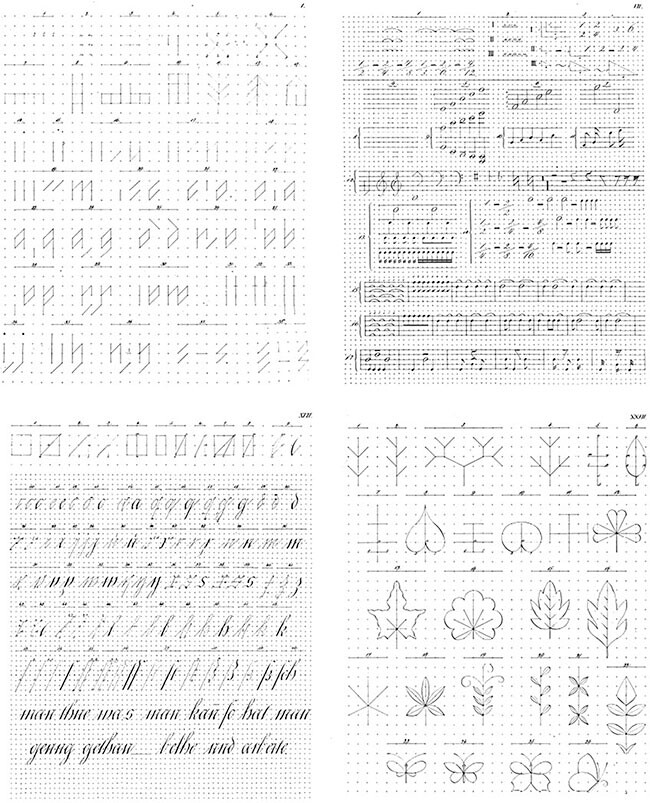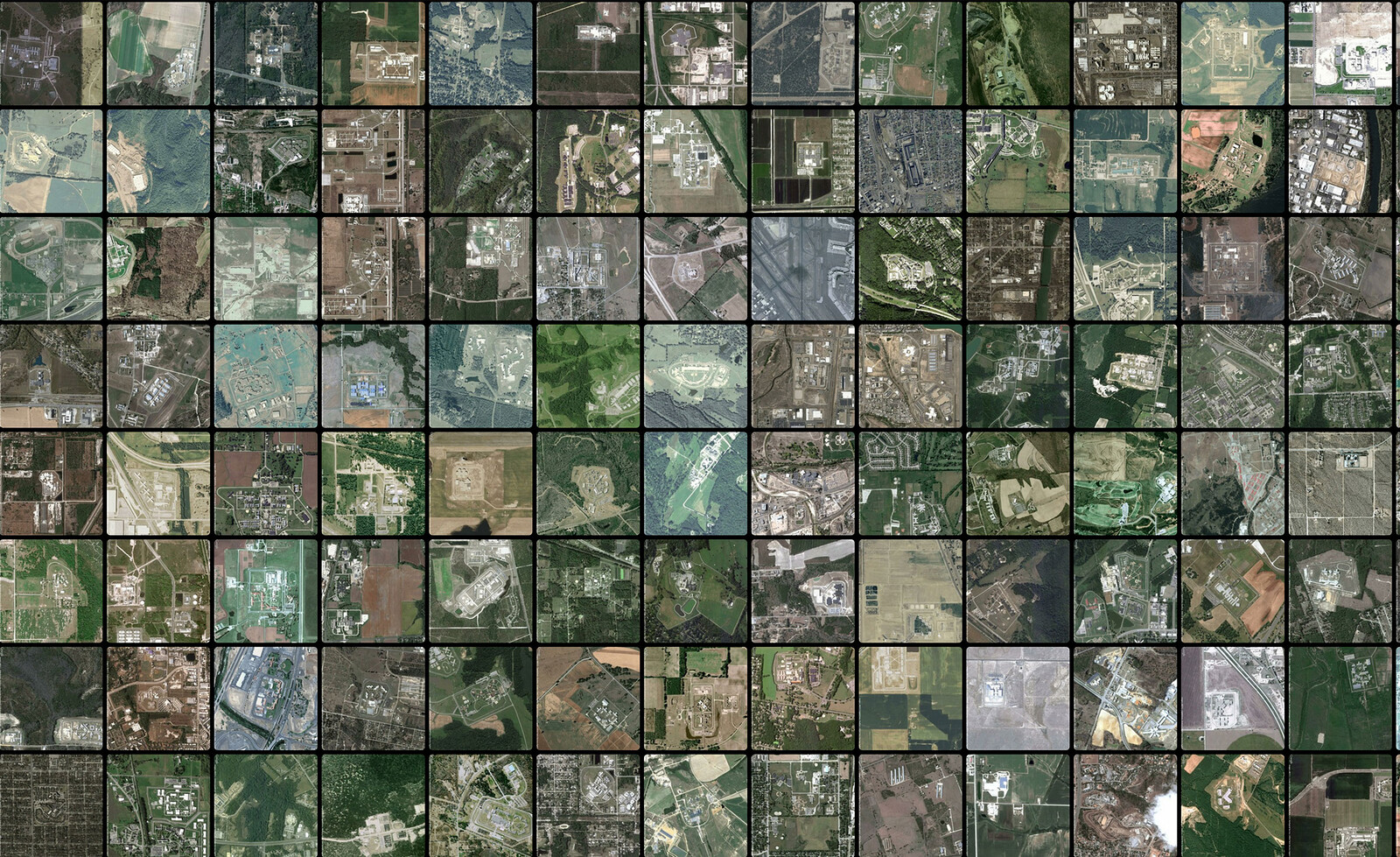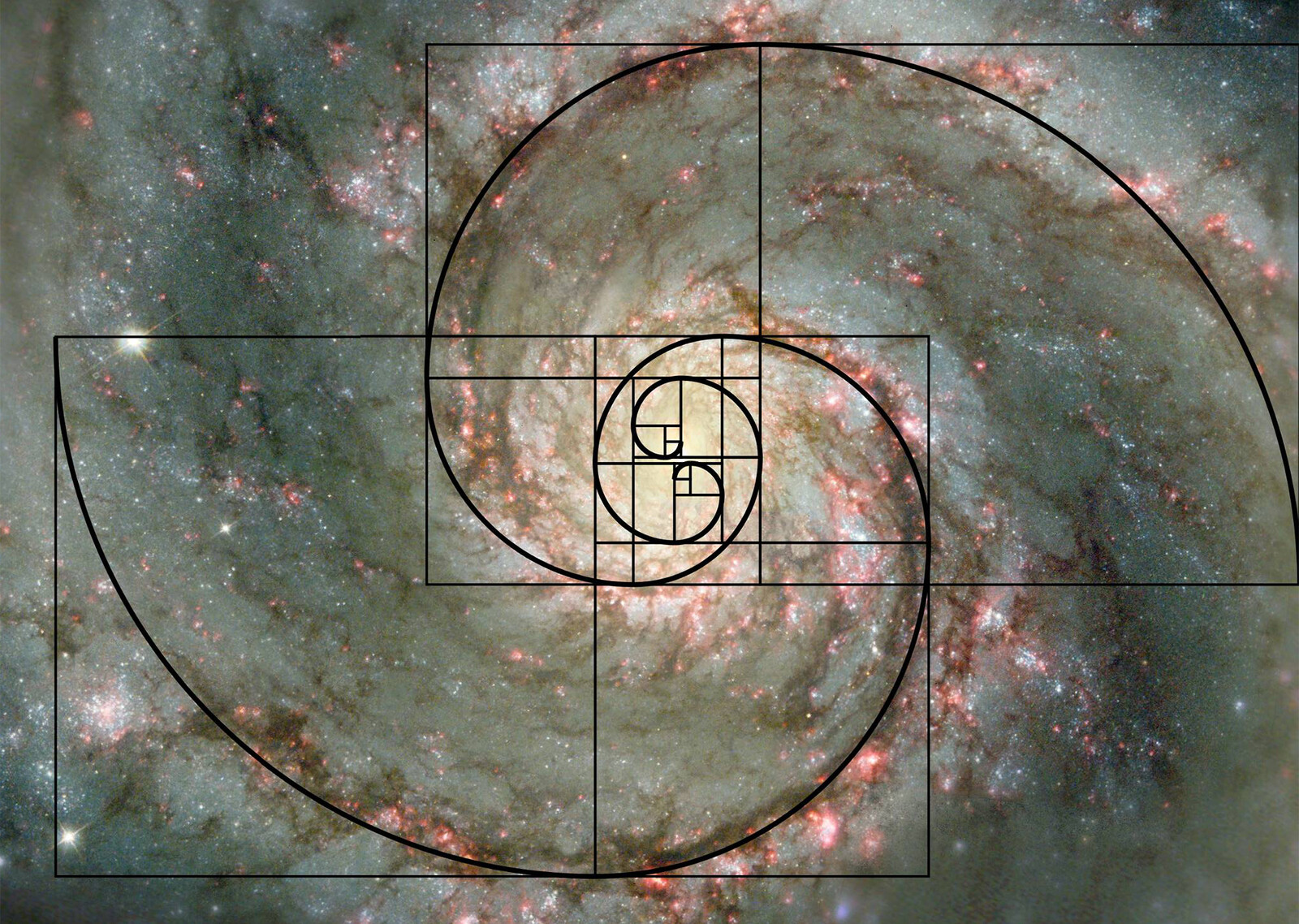“There are no depths. Appearance is the summary of phenomena.”
—Joseph Brodsky
Life on Earth is a narrative written by the deoxyribonucleic acid (DNA). The chemical design of DNA is uniform among every form of life, but its sequence is different between species and individuals. DNA sequences are comprised of millions of differentially combined chemical letters (A, T, C & G) and yield most of the current diversity of species, as well as offering an endless blueprint for the future design of life forms. Once established, life forms tend to stay within the borders of their species, one generation after the other. However, no two individual organisms, even twins, manage to follow precisely the same script. The reason for this is the so called “epigenetic” impact that expands the boundaries of the DNA language and generates another level of diversity by incorporating life experience in its different forms.
What is epigenetics? In the mid-1960s, a founder of epigenetics Conrad Waddington wrote: “Some years ago [in 1947] I introduced the word ‘epigenetics’, derived from the Aristotelian word ‘epigenesis,’ which had more or less passed into disuse, as a suitable name for the branch of biology which studies the causal interactions between genes and their products which bring the phenotype into being.” “Epi” means “upon” or “over,” and “genetics” implies that genes are involved, so the term reflected the need to study events “over” or beyond the gene.
What is beyond, or over the gene? The DNA of a single human cell is 1.2 meters long and is tightly packed within the micron-size cell nucleus. The packed ball of DNA string has a levitating 3D structure where the different strings overlap and loop around each other like folded fishing line. Each loop contains genes that encode proteins as well as numerous regulatory elements that define the gene activity.. Epigenetics addresses the mechanisms that define gene activity without interfering with the gene structure. Thus epigenetics is more a censorship of the DNA “reading” than an editing of the text.
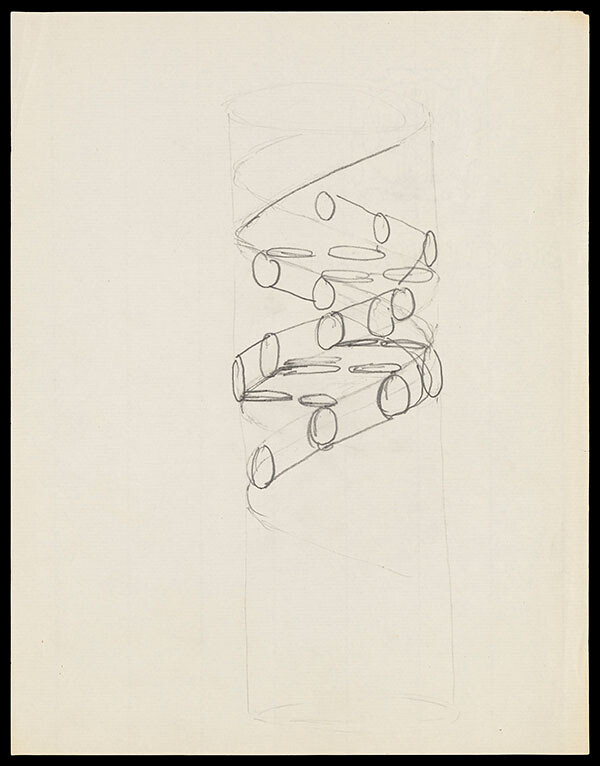

Francis Crick’s early sketch of DNA’s double helix structure. It shows a right-handed helix and the nucleotides of the two anti-parallel strands. Copyright: Wellcome Trust/Wellcome Images.
DNA “reading” involves thousands of different proteins that move with extreme precision and sensitivity over the DNA structure, like a blind reader’s fingers over brail. DNA reading molecules are sensitive to environmental impacts, and the longer and stronger these are, more likely it is that cells will tune the pattern of DNA reading to environmental pressure. The meaning of the environmental impact differs between distinct cells and the organisms. For example, in the brain neurons, persistent fear of aggression affects the activity of hundreds of genes responsible for the immediate reaction to aggression, as well as a long-lasting adaptation to life in fear, meaning that many of the genes that operate in the brain of “free” individuals are either silent or abnormally active in the brain of those who live under conditions of oppression or fear. The scope of gene activity and patterns of genes within each given cell generate an individual cell dialect. As cells operate together they form a library of dialects that will eventually drive the emergence of novel and stable features that could not have been predicted by the DNA sequence alone.
The emergence of a common cell language is similar to the emergence of linguistic dialects that liberate individuality from the rigid constraints of scholastic grammar. As genes interact with each other and with the “readers,” life within the cell nucleus appears strikingly similar to life in the ancient Greek seaport of Piraeus, inhabited by Greeks looping into Athens from all around the Mediterranean. The mixture of dialects and the contact between multiple varieties of the same language brought about a new language, “koiné.” Koiné languages do not change any existing dialect, but instead emerge as a spoken dialect in addition to the original ones. As with koiné, our cells do not attempt to change the original DNA language, yet koiné ad libitum in response to environmental influences.
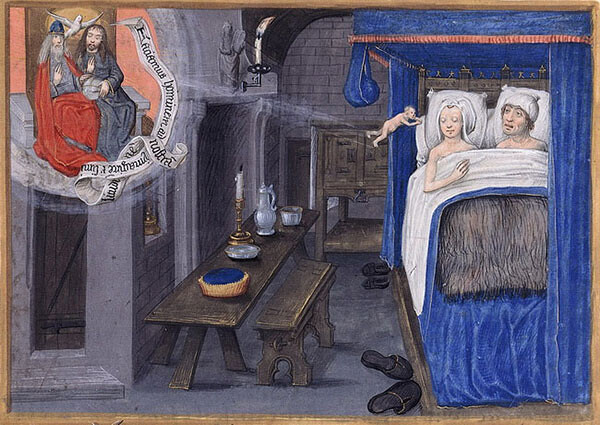

Jean Mansel, illuminated page in Vie de Nostre Seigneur Jésus Christ (11.1 x 15.8 cm, fol. 174), date unknown (fifteenth century). Bibliothèque Nationale, Paris. In this illuminated drawing ensoulment and conception are portrayed as taking place at the same time.
The supposed virginity of our genome becomes challenged as soon as we tap into the “dirt” of the world. Bacteria and viruses invade our bodies already in the womb, and even more after we are born. The total mass of bacteria living in a single human can be measured in kilograms. Bacteria have no preconceived knowledge of the future host, and likewise, we are not aware of the invaders. To reach a symbiotic relation, both our body and the collective body of invaders need to adapt to each other to avoid excessive stress of futile intolerance. In essence, the birth of a human is not merely the origin of a new individual, but the onset of a new community. Exposed, the cells of our body tune their genetic language to help achieve the life-long symbiosis between us and “them.” Since partners in symbiotic relationships frequently belong to different kingdoms, yet may be so intimate with each other that one may reside in the other’s tissues and/or cells, their shared “language” tends to be a basic—and ancient—form of communication. Such communication blurs the boundaries between different living entities, giving rise to a single biomolecular network: a “holobiont” with a “hologenome.”1 At the bottom of all of this are our genes, carrying the burden of the environment throughout our life.
Similar to bacterial invasions that challenge our immunity, the brain of a newborn becomes exposed to the limitless number of new signals that will continue to arrive for as long as we live. Similar to how genes in the gut and skin adapt to bacterial presence, the genes in our brain cells become part of a virtual “hologenome,” where not bacteria or viruses but information imprints its presence on the genes and alter their function. A baby screaming in a cradle in the feverish embrace of the world reflect a struggle where our genetic script, which really has not changed that much over thousands of years, experiences the burden of novelty in a cruel and unanticipated form.
Can the burden of novelty be reduced by passing a memory of ancestral experience to the next generation? Can information about ancestral environments be transmitted to offspring via sperm cells? Early in the twentieth century, Dr. August Weismann removed the tails of sixty-eight white mice repeatedly over five generations, and found that while “901 young were produced by five generations of artificially mutilated parents … there was not a single example of a rudimentary tail or of any other abnormality in this organ.” Intuitively, Weismann chose mutilation as the most likely experience that could lead to heritable changes. Though naïvely, Weismann mistook a sign of mutilation with its consequences. While tail shortening is obviously not heritable, the trauma of mutilation left a lasting hereditary impact. It turned out that fear can be passed to new generations. Mice were found to pass on the memory of a smell if it was coupled to a strongly painful experience. In the experiment, a particular odorant was paired with foot shock. Offspring of the males treated in this way showed increased sensitivity to that specific odorant, while no change in sensitivity was registered with another. This study suggests the somewhat shocking possibility that parents can inform offspring in an extraordinarily complex chemical milieu via sperm.
While these experiments were done in mice, there is no reason to think that humans are different. Instead of being individually discrete, our flesh and mind may be hostage to our ancestral experiences. While the ancestral influence may have a positive impact, it may also narrate defeat and leave us inept in front of danger. Maybe revolution and its ensuing calamity is merely an evolutionary tool to erase the memory of the past, to start from a clean slate.
Lynn Margulis, Symbiosis in Cell Evolution (New York: W.H. Freeman, 1981).
Superhumanity is a project by e-flux Architecture at the 3rd Istanbul Design Biennial, produced in cooperation with the Istanbul Design Biennial, the National Museum of Modern and Contemporary Art, Korea, the Govett-Brewster Art Gallery, New Zealand, and the Ernst Schering Foundation.
Category
Subject
Superhumanity, a project by e-flux Architecture at the 3rd Istanbul Design Biennial, is produced in cooperation with the Istanbul Design Biennial, the National Museum of Modern and Contemporary Art, Korea, the Govett-Brewster Art Gallery, New Zealand, and the Ernst Schering Foundation.

